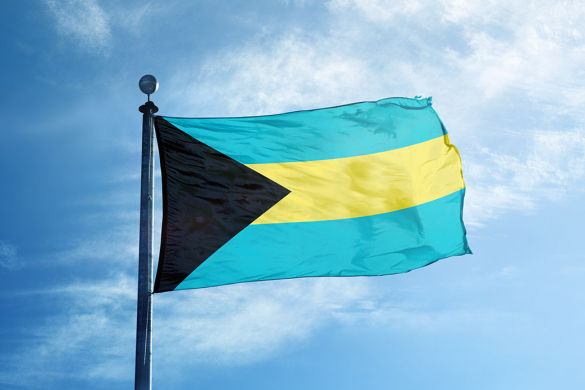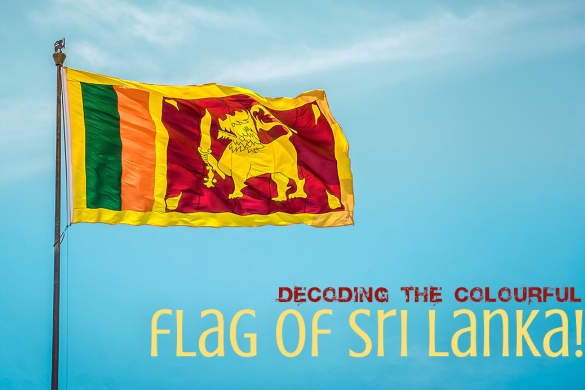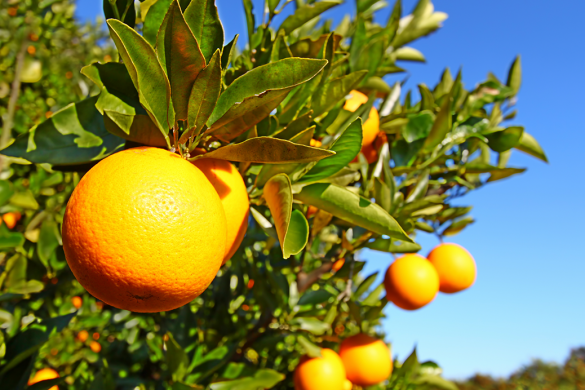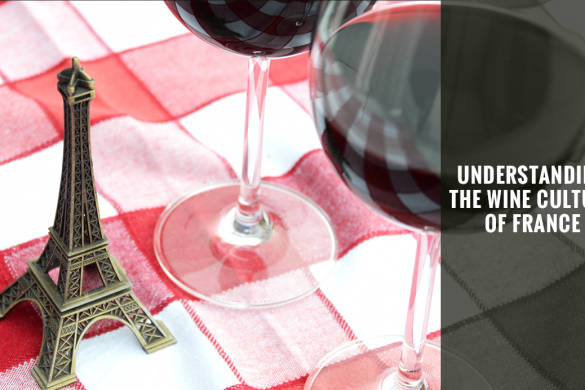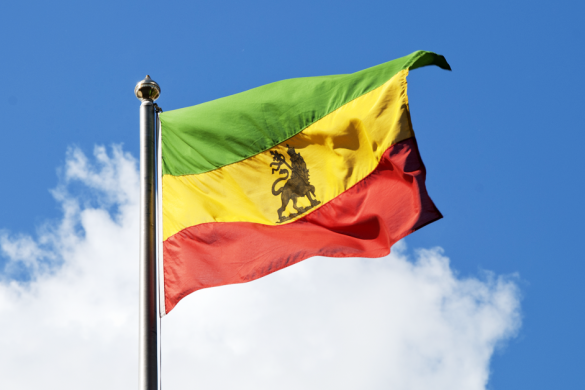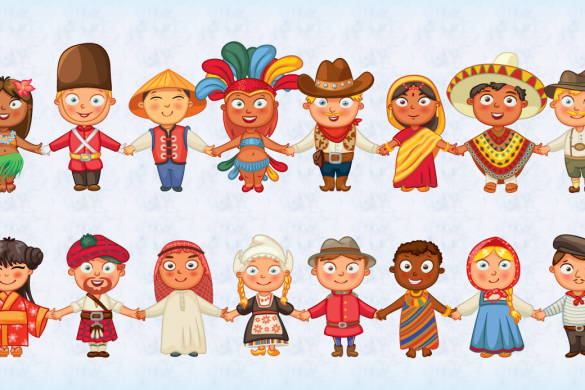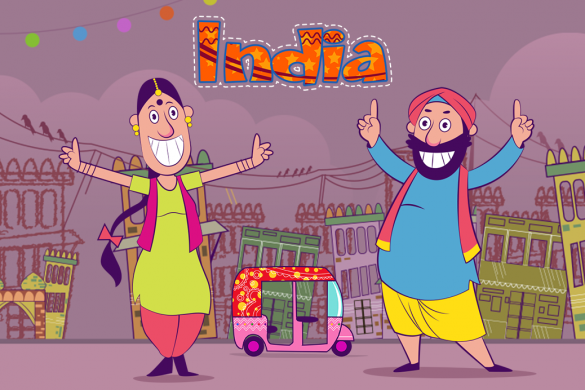Last time, we discussed the flag of Sri Lanka. This time, read on to know everything about the colourful flag of Myanmar.
Before we learn about the Myanmar’s flag and its history, let’s explore what the country is all about.
Myanmar is known as the ‘Golden Land’, thanks to its glittering pagodas. It is a beautiful region with elegant old buildings, scenic landscapes and wonderful archaeological sites. It has a colourful ethnic group and amazing fine arts and handicrafts. Now, let’s take a look at the colourful flag of the country.
Myanmar’s first flag was adopted on 3rd of January, 1974 and flew until the 21st of October, 2010. The flag had a red field with a blue canton and a rectangle in the upper left corner. The canton had 14 white, five-pointed stars encircling a white cog-wheel (with 14 cogs) and a white stalk of rice.
The 14 stars and the 14 cogs represented the 14 administrative divisions of Burma. The cog-wheel symbolised the industry and the rice symbolised agriculture. The red colour signified courage, the white colour represented purity, and the blue colour stood for peace.
In 2010, a new flag (now current) was adopted along with a new constitution. The Burmese flag during the World War II was the inspiration behind this flag. It features three horizontal stripes in yellow, green and red. There is a white five-pointed star in the middle of the flag. Each stripe represents something. The yellow stripe refers to solidarity between people, the green stands for the natural wealth of the nation and the red stripe is a reminder of the courage of the local population. The white star symbolises hope in the unification of all the people living in the country.
The colours used on the flag are actually considered as Pan-African colours and are used mostly in flags of African countries such as Kenya, Ghana and in the South African flag as well. They are also used in flags of Caribbean countries like Jamaica. There have been instances when the flag of Myanmar has been confused with the flag of an African country.
We hope you found this blog interesting! That’s all for now, but stay tuned for more fascinating trivia in our Colour and Culture series!

